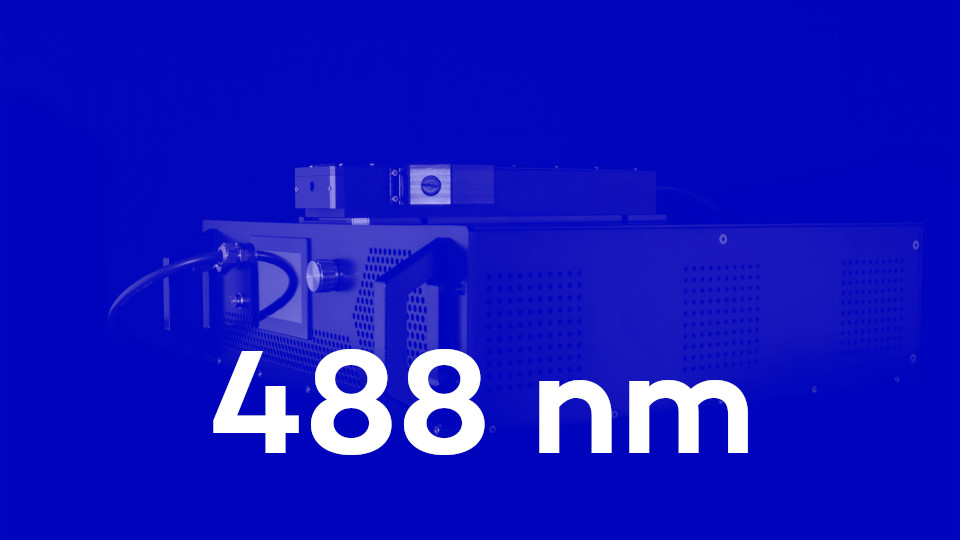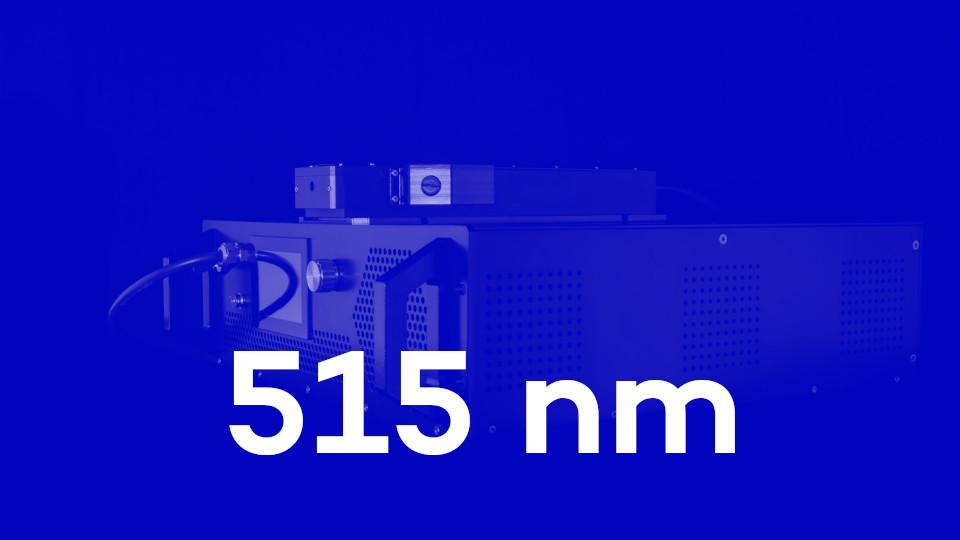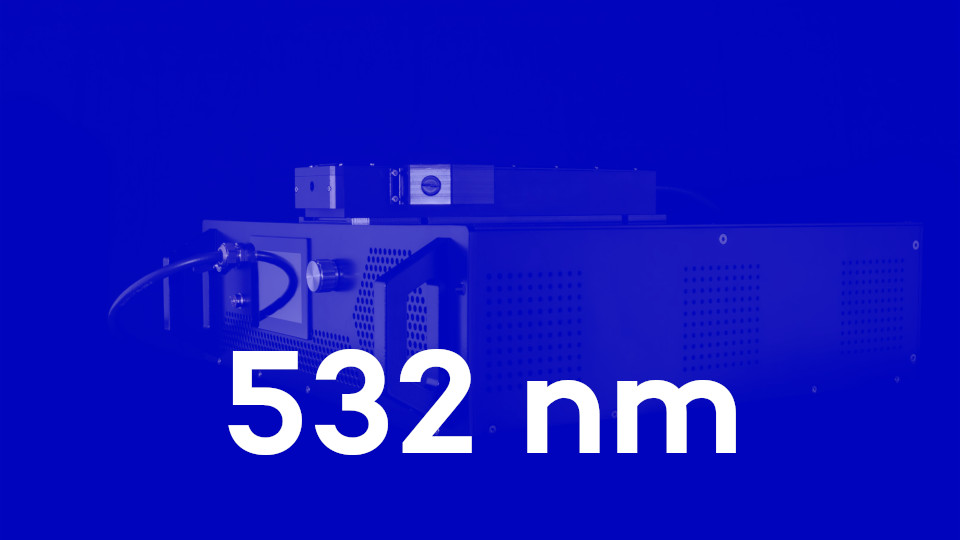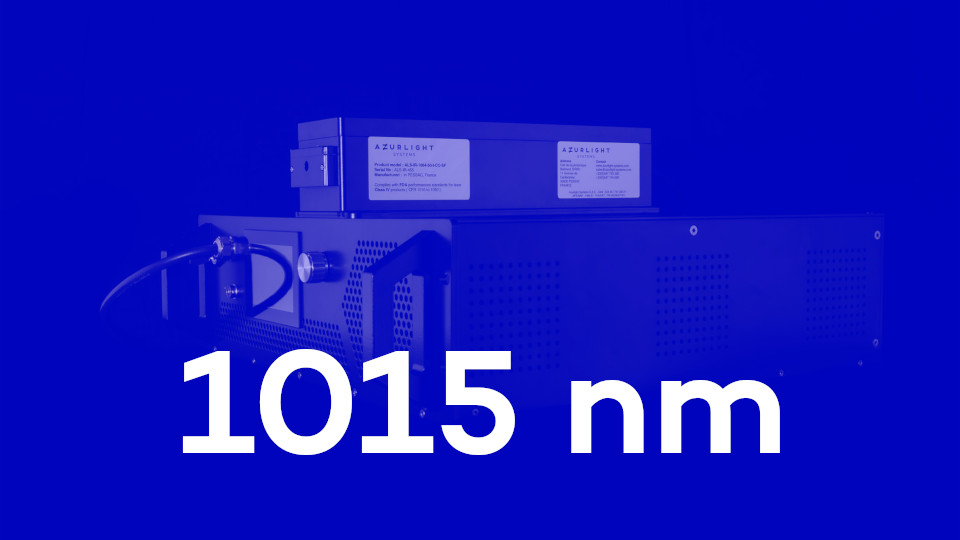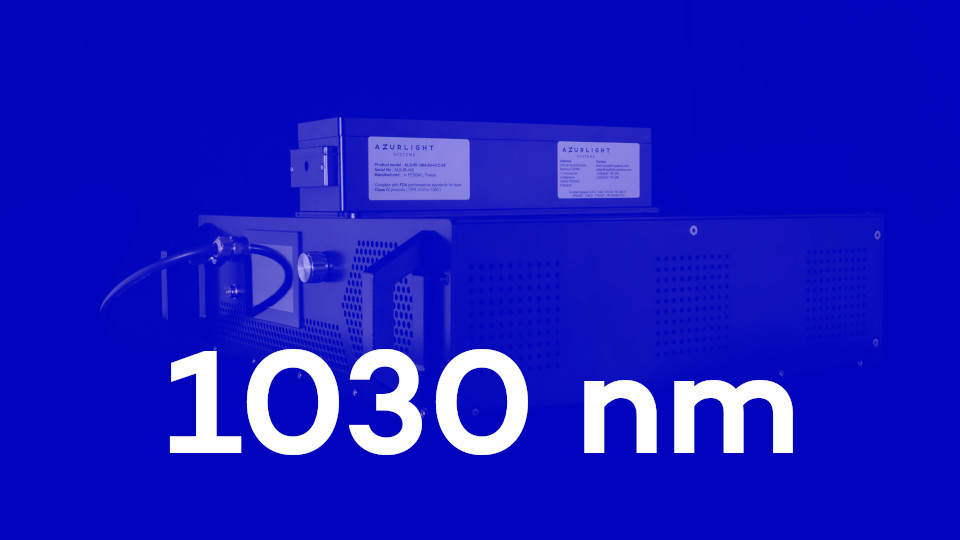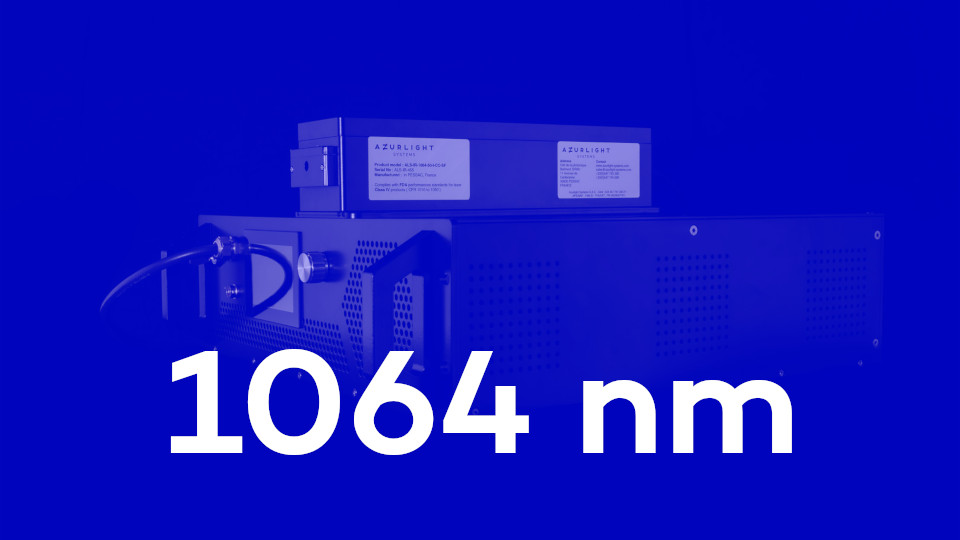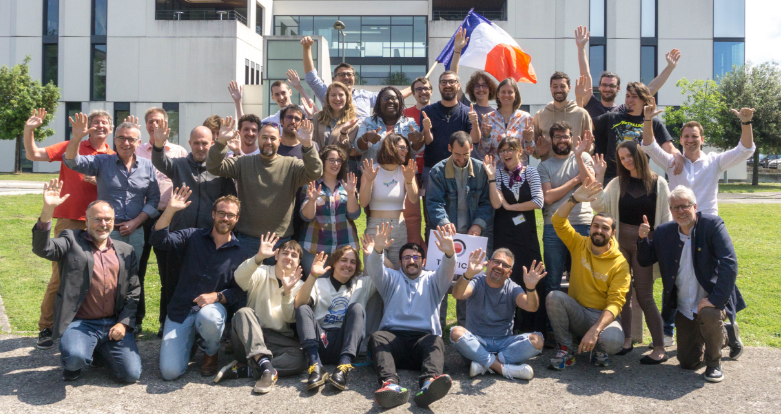For Laser Interferometry
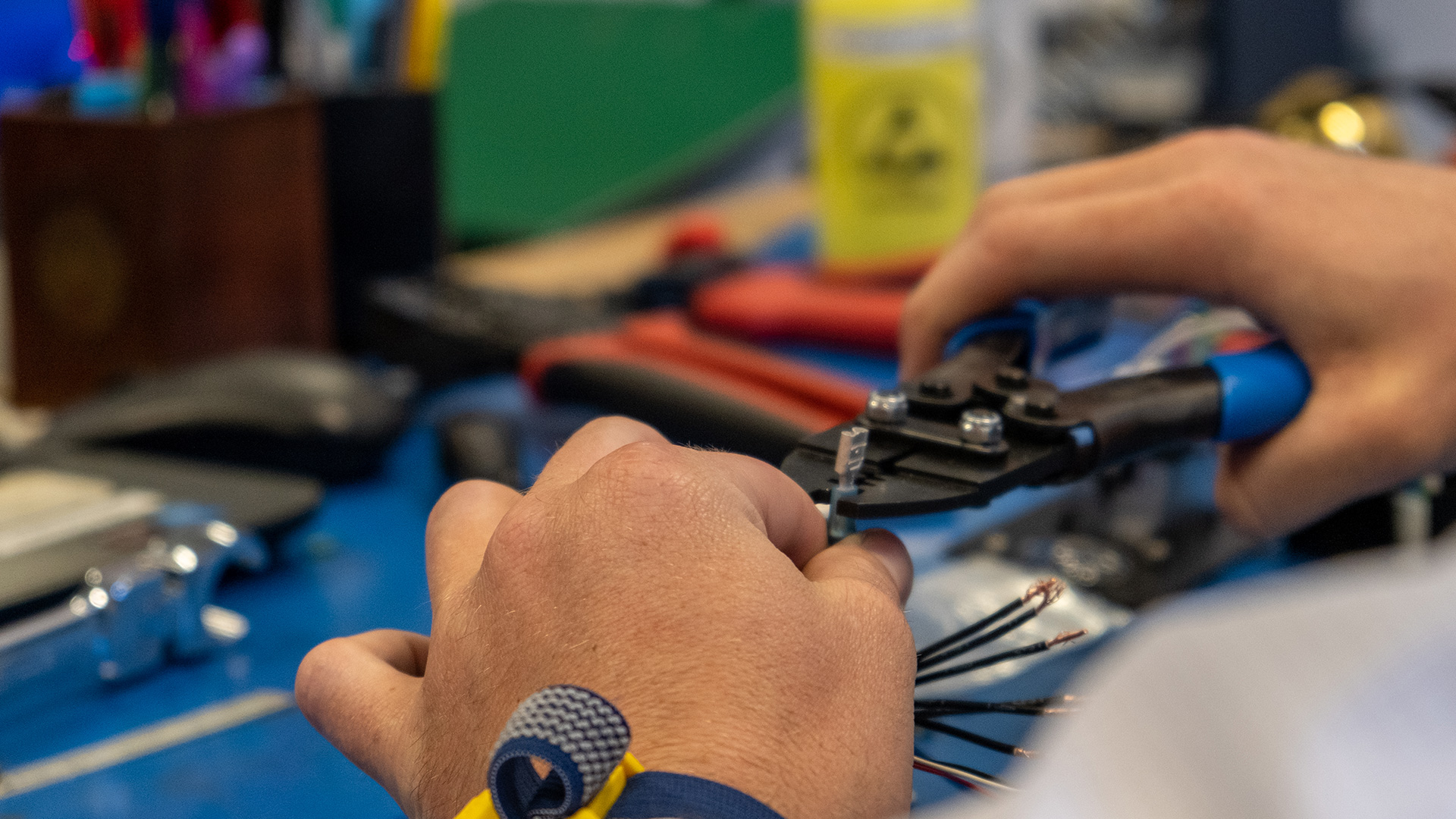
Interferometry
A gravitational wave results from the coalescence of two very massive systems such as black holes. This creates a disruption of space-time that spreads far from its point of emergence and at a speed close to that of light. This is the description of a gravitational wave by Albert Einstein’s General Relativity. Large-scale Michelson interferometers detect these gravitational waves. The best known are LIGO (USA) and VIRGO (France, Italy). They consist of two large arms each several kilometers long in which the laser can spread. The longer the arms, the better the sensitivity of the system to vibrations.
The LIGO is the first interferometer to directly detect gravitational waves on September 14, 2015. At this moment, the VIRGO was not in operation. However, with both devices in operation, it is now possible to compare the data to refine and specify the measurements. At the passage of gravitational waves, a very slight change in the length of the arm is detected. To identify this tiny alteration, the laser must be extremely reliable, and must above all have a very low noise. All external sources of noise (instrument, electronics, environment, etc.) must be eliminated.
Why choose
Azurlight Lasers ?
High Power
A laser, for this application, must have a high power to give the best resolution possible. Indeed, the more power there is, the better the sharpness of the interference pattern. Therefore, the analysis of the gravitational wave will be improved. Azurlight Systems proposes products up to 130 W !
Low intensity noise
Its intensity noise must be very low to detect weak disturbances. Azurlight Systems provides products with an ultra-low noise in agreement with this application.
High power stability
Azurlight Systems offers the best power stability in the market: < ± 0.3% in the short term and < ± 0.5% in the long term.
Coherence lengths
It takes a high coherence length since the systems extend kilometers. With its single frequency systems, the coherence length is sufficiently high to guarantee this application.
Recommended lasers & amplifiers for interferometry
Ask us
You would like to order, request further information or need a specific spec ?

Pierre Laygue
Sales & Marketing director

Nicholas Traynor
Founder, CEO, CSO
